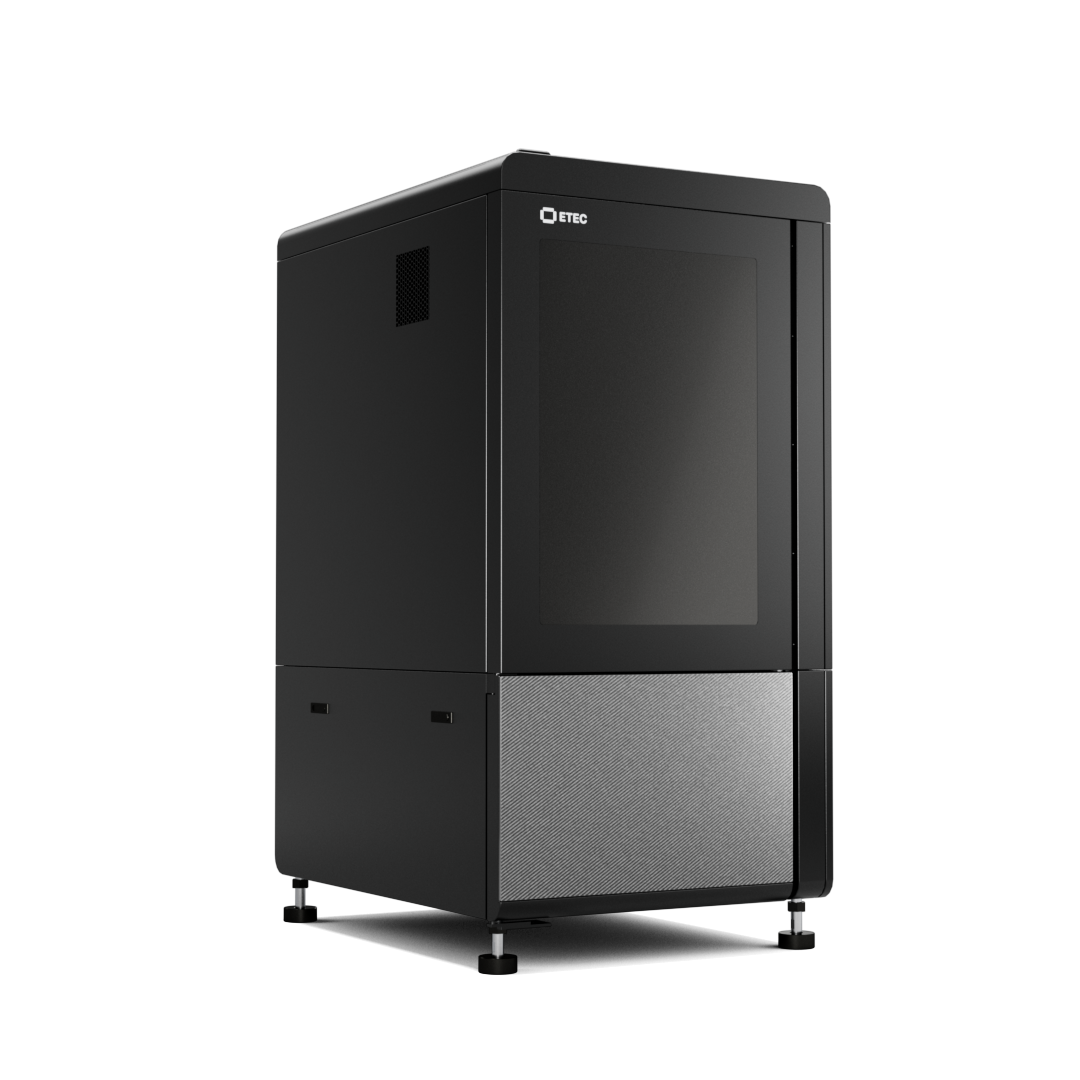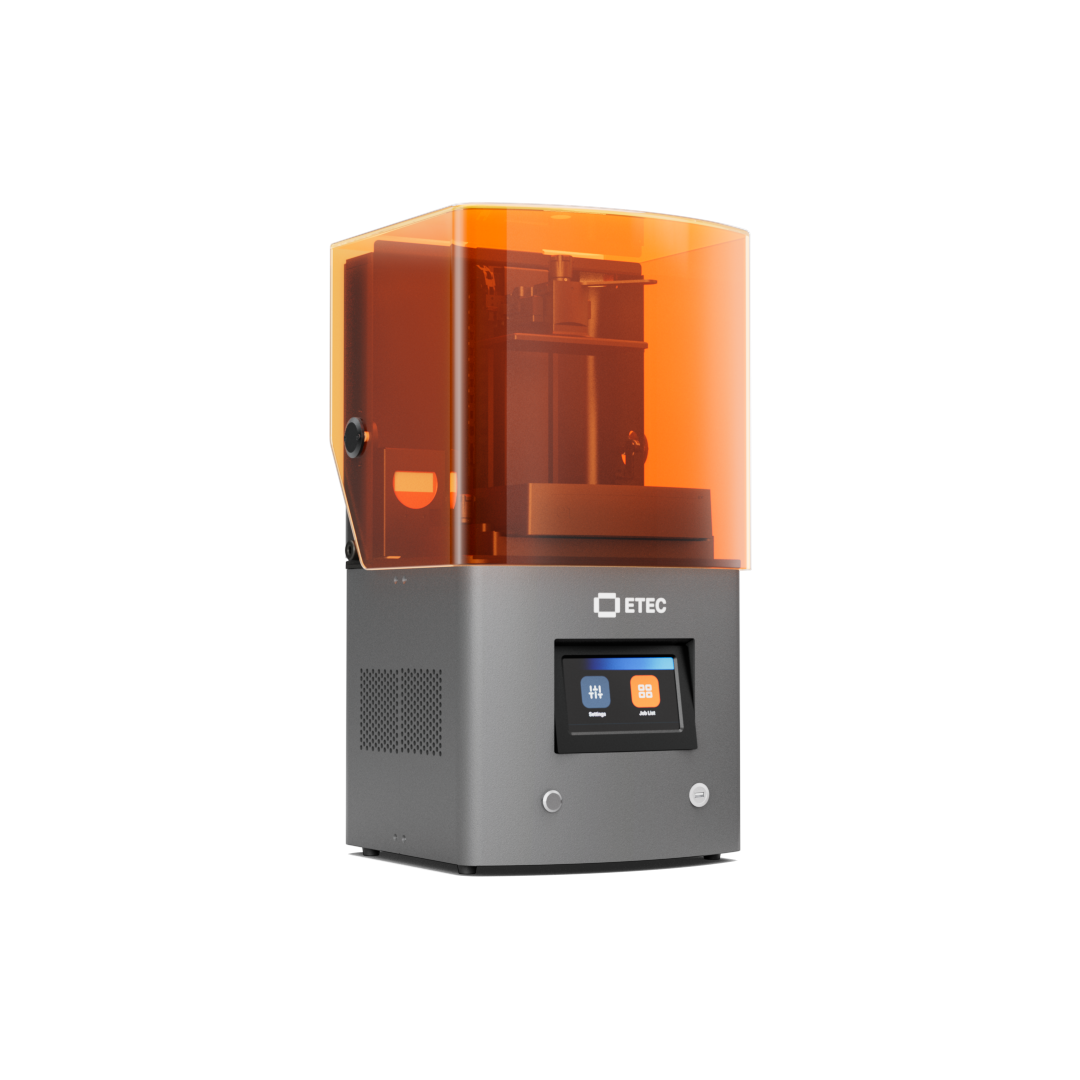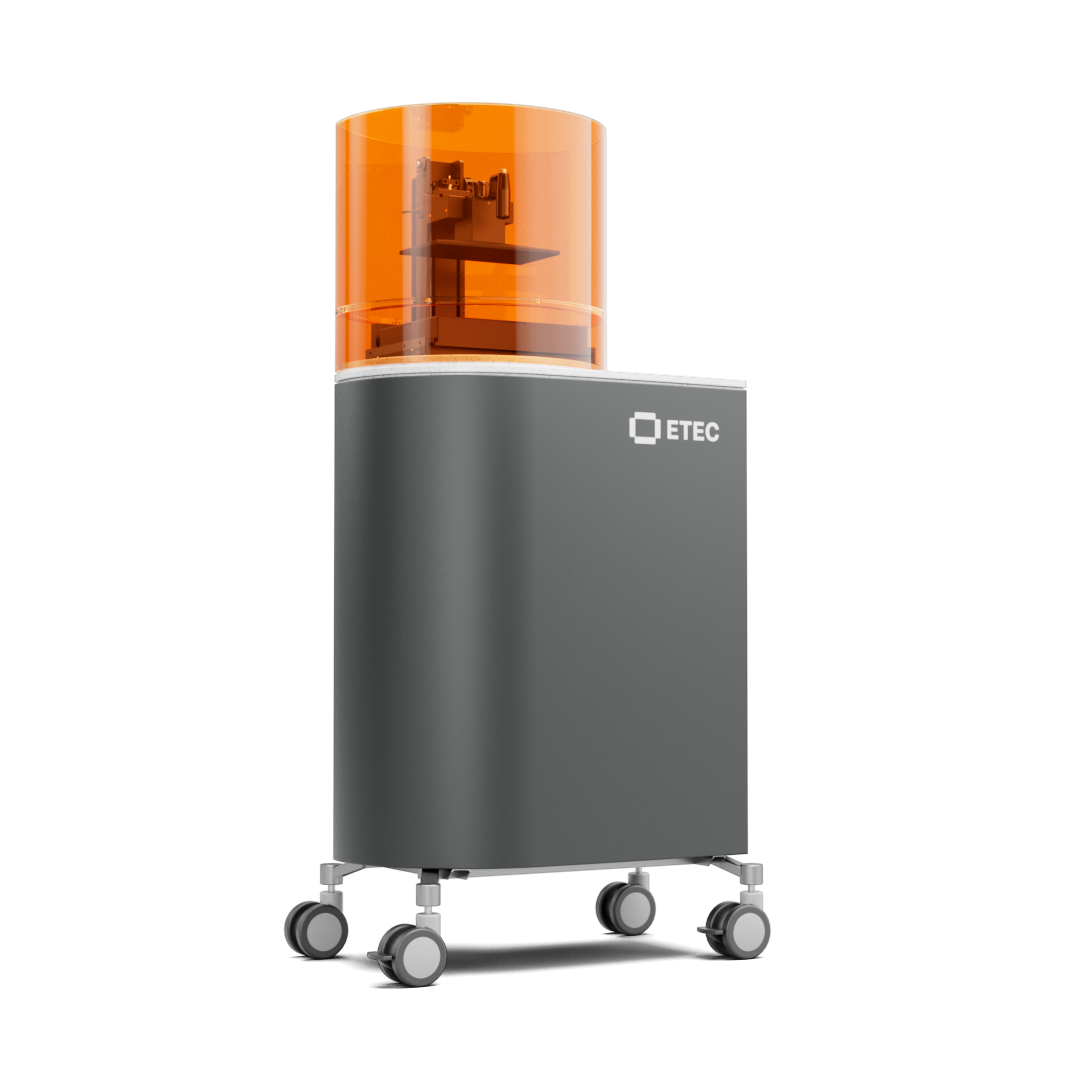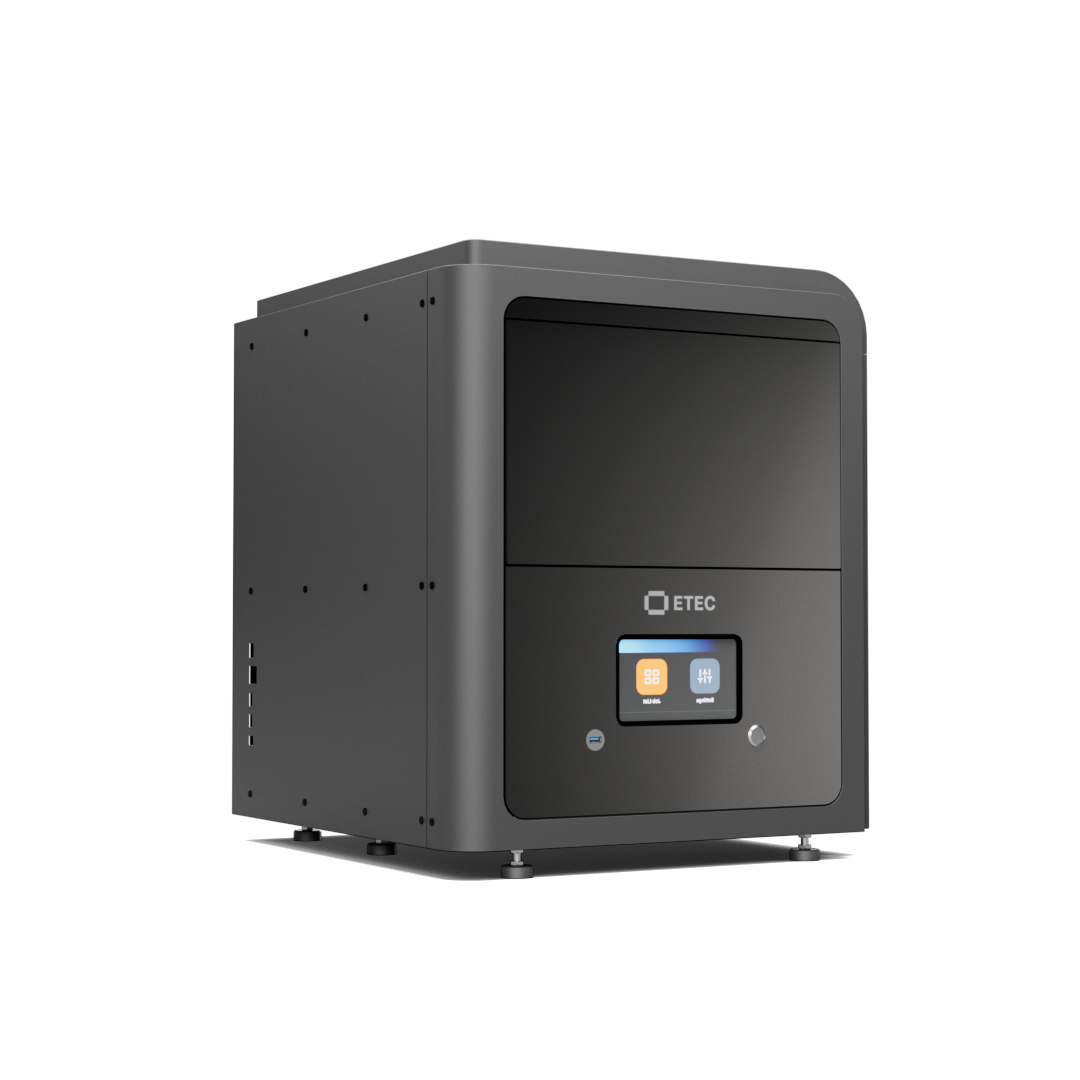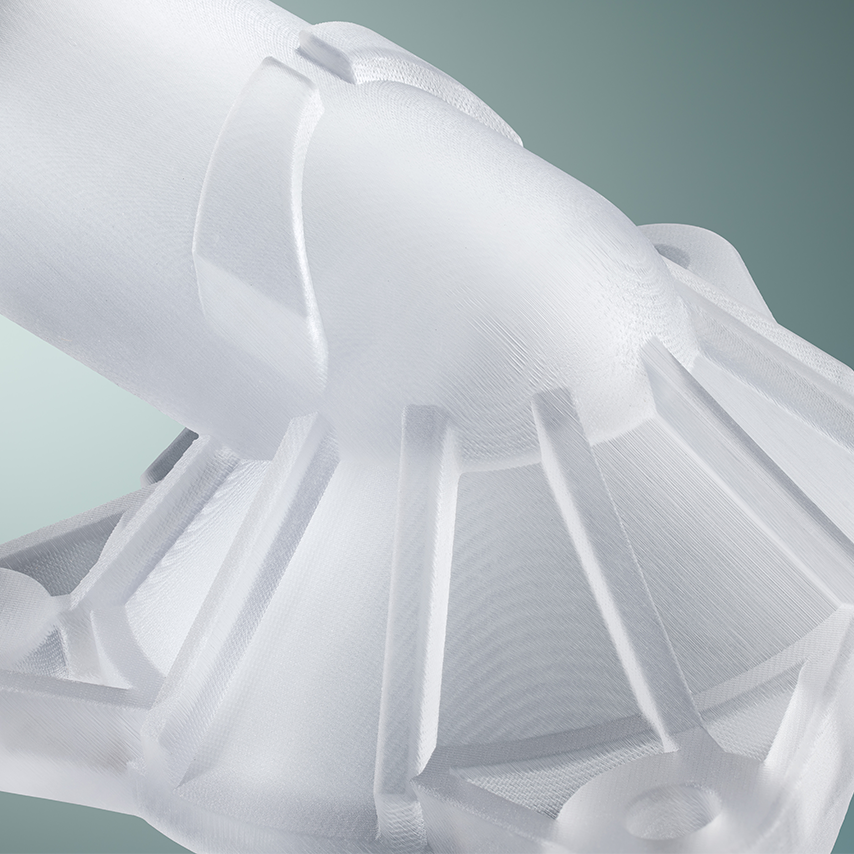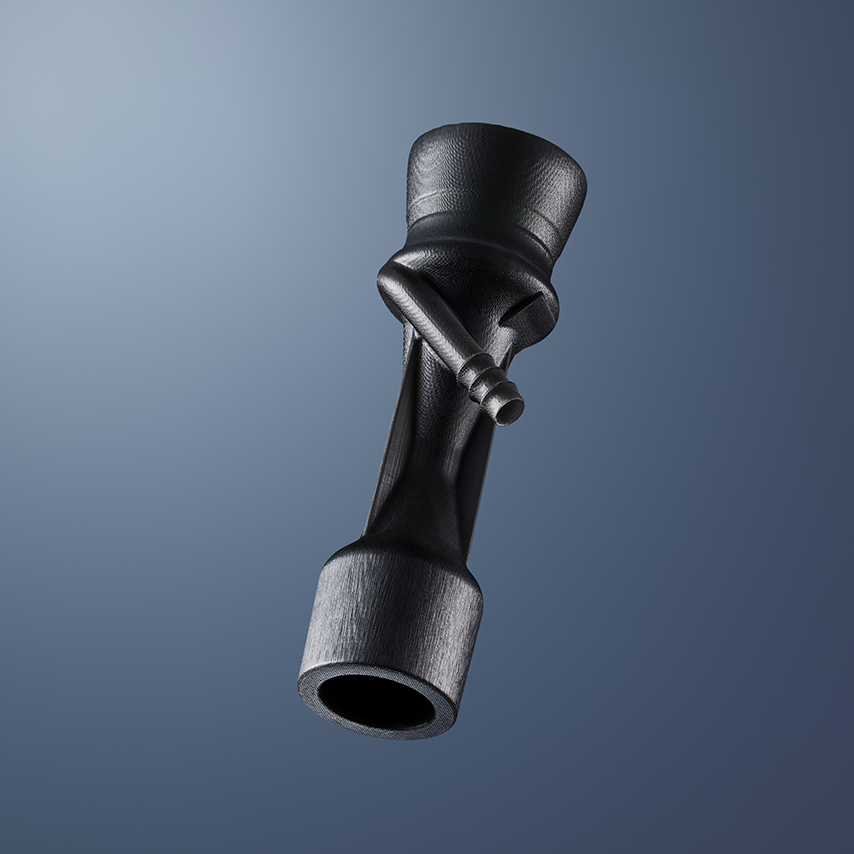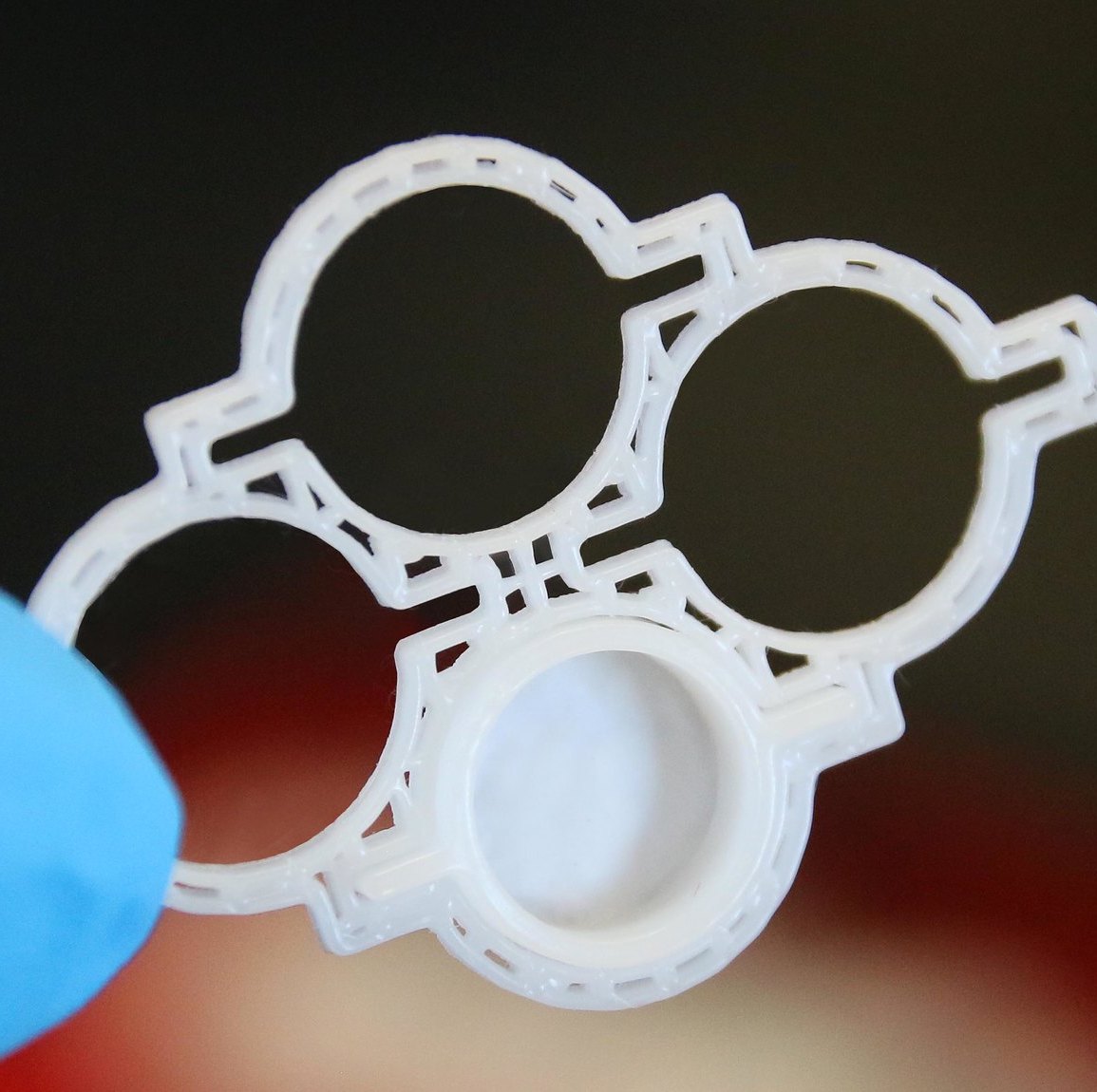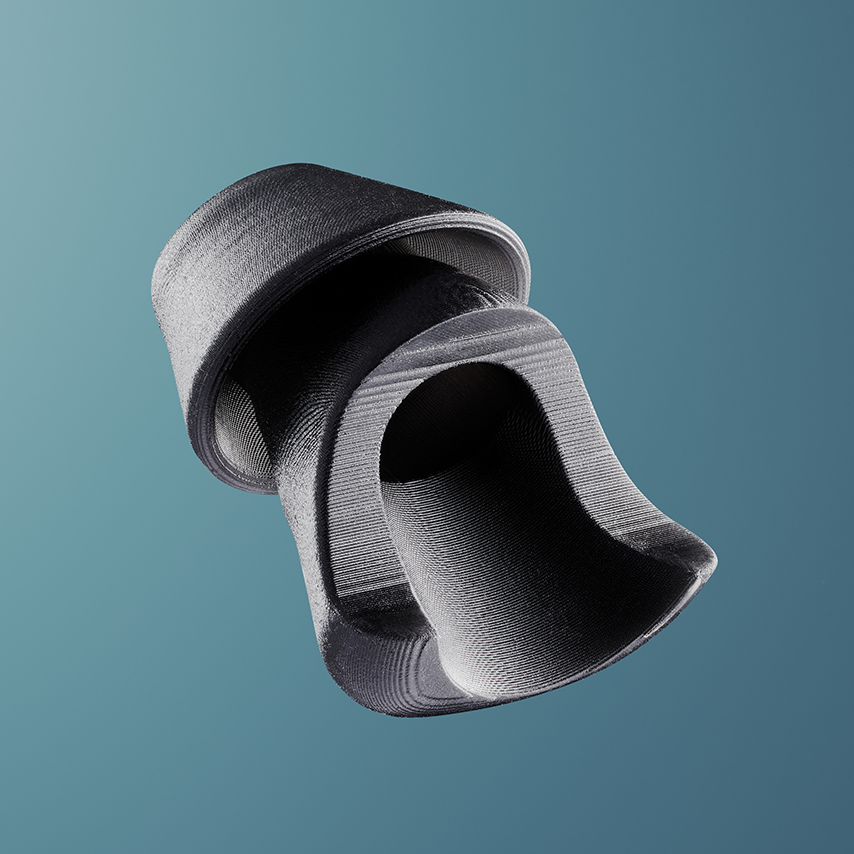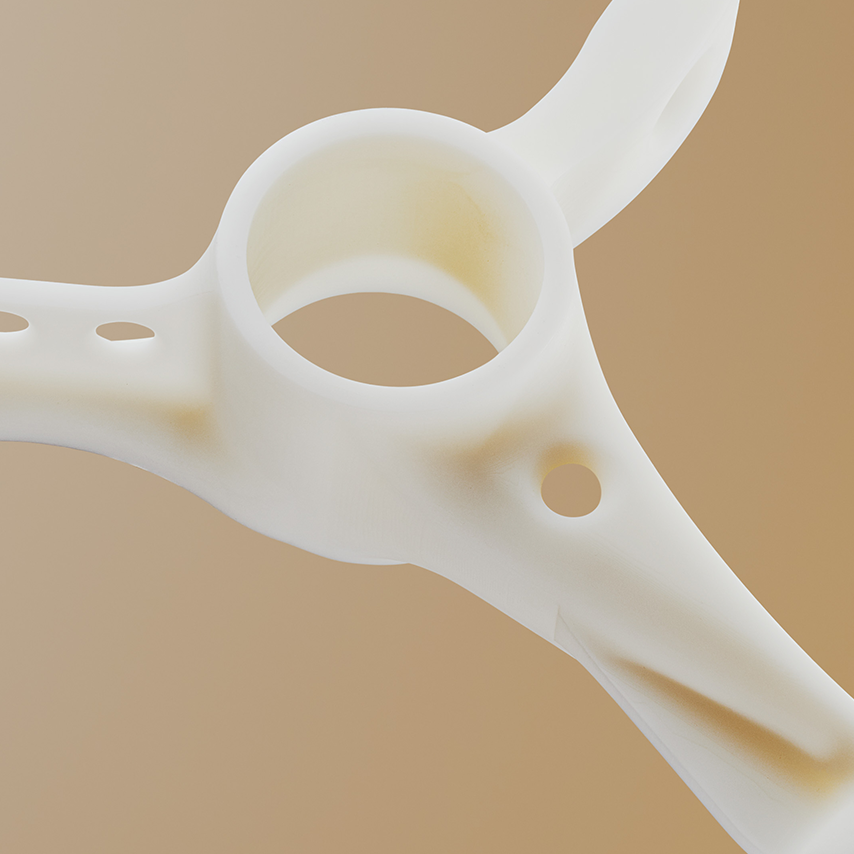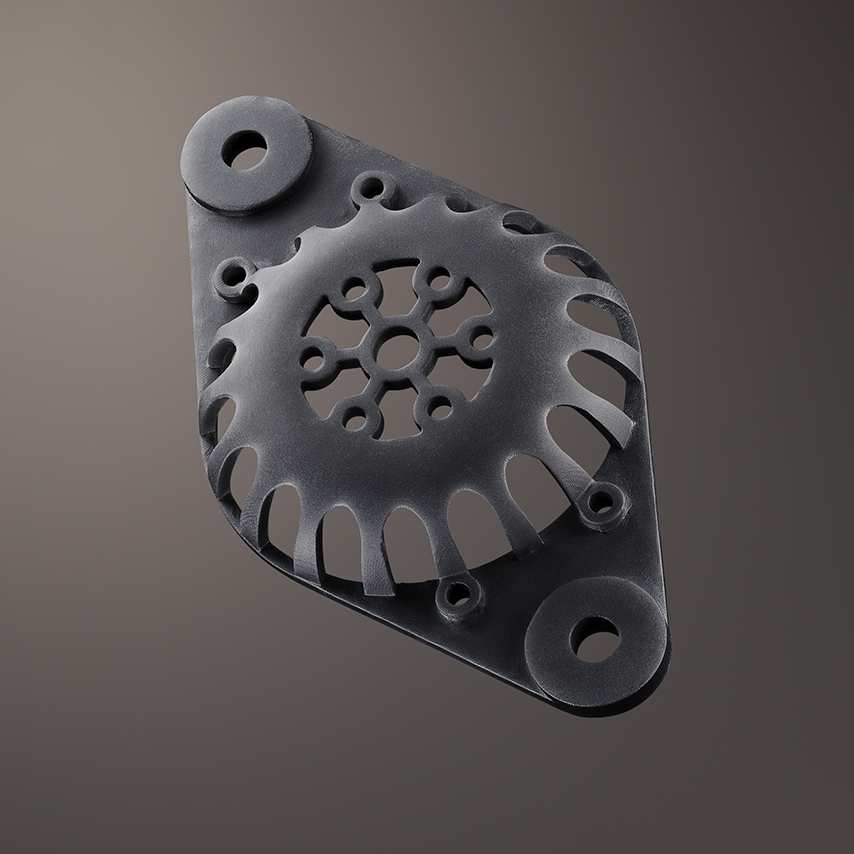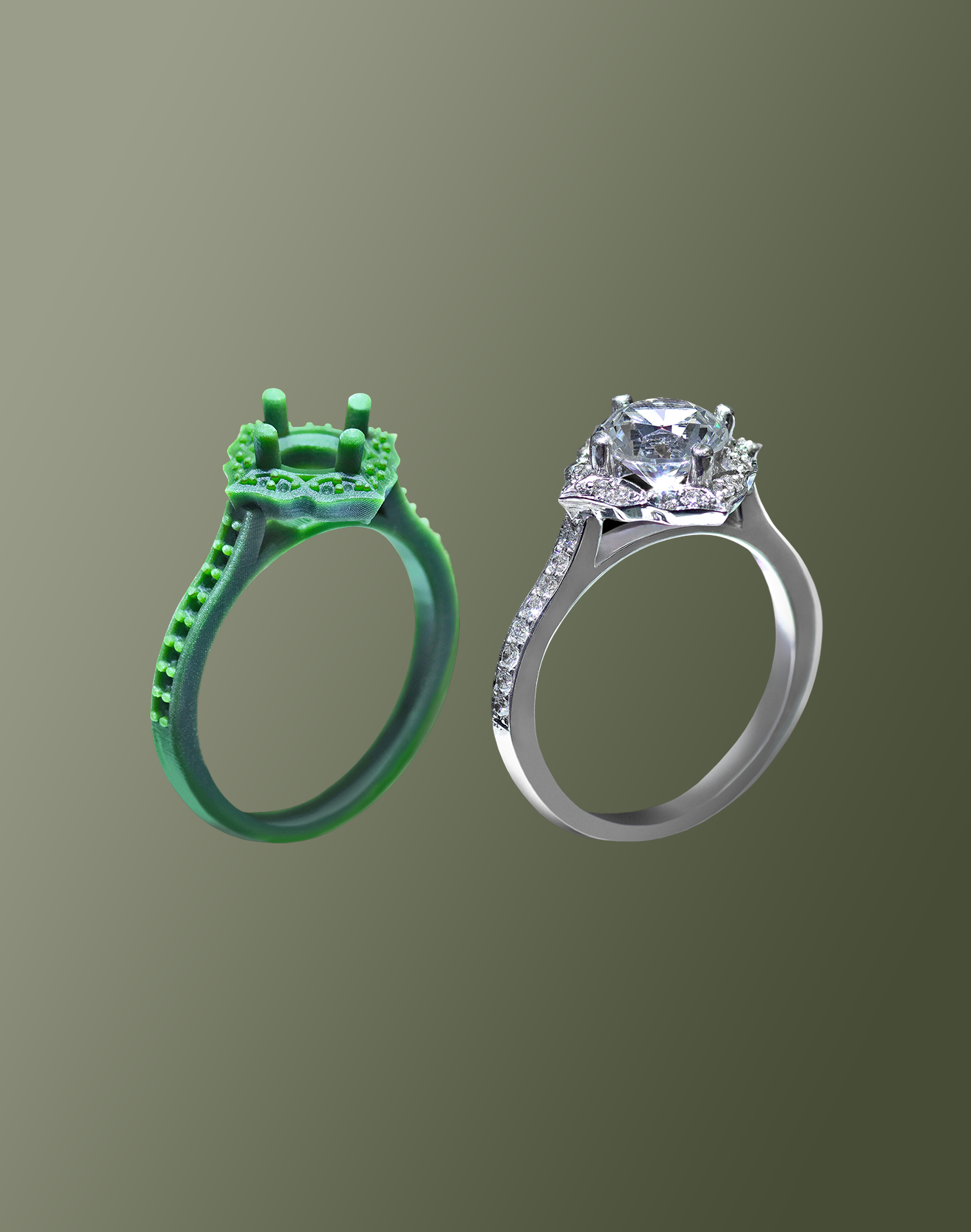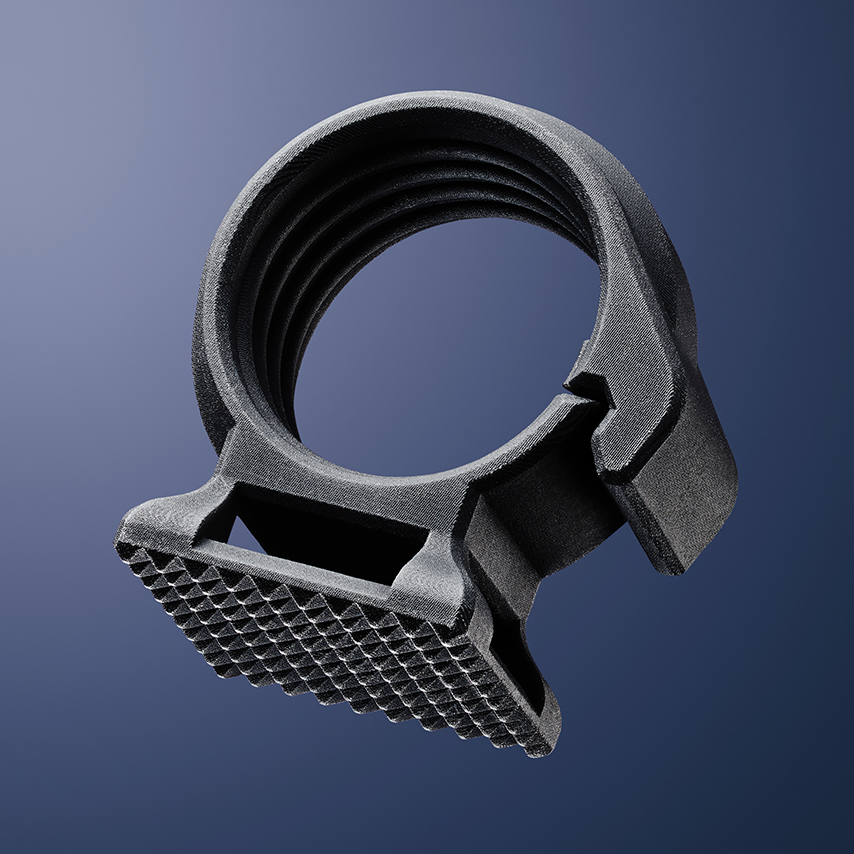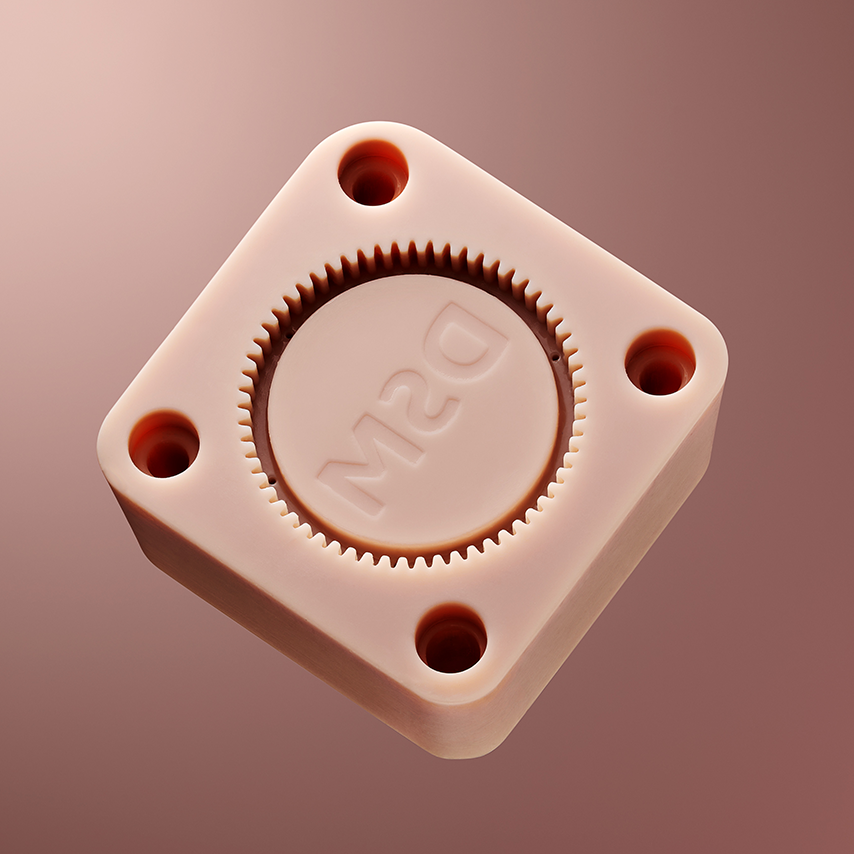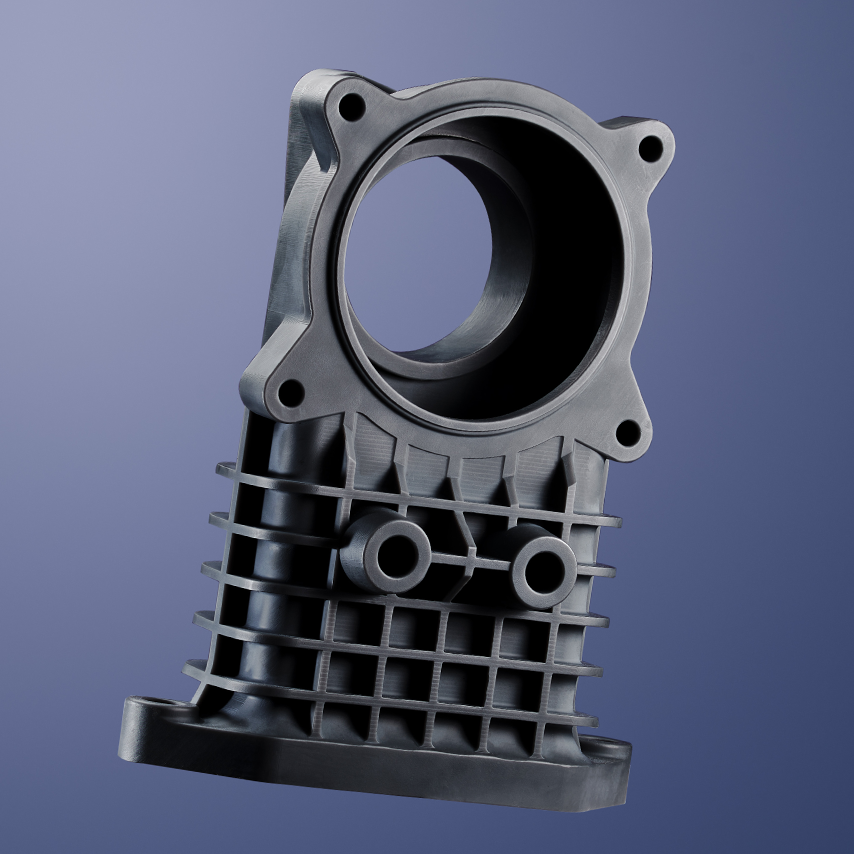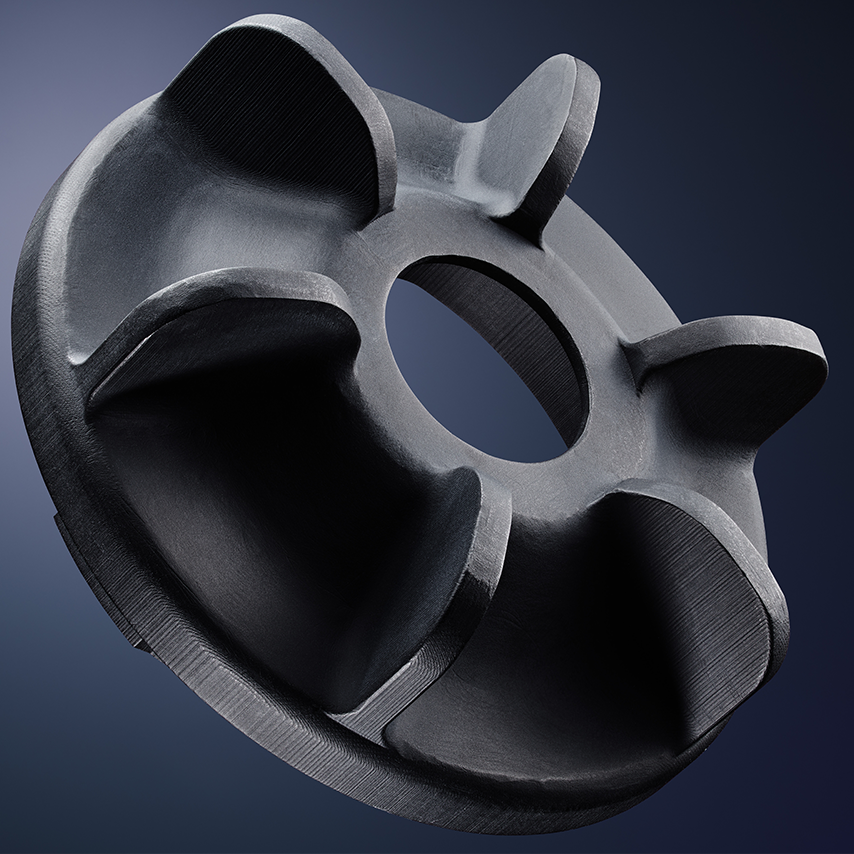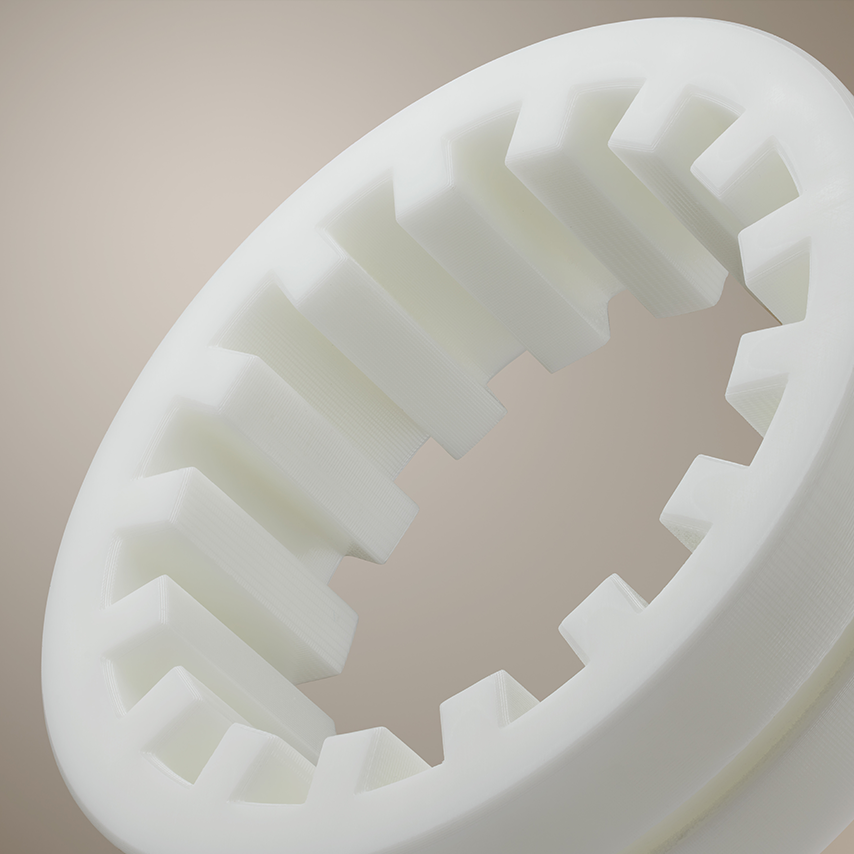Reducing Development Times and Getting to Market Faster with DLP Technology
3D printing is changing the game of product development
Prototyping is integral in product development, particularly for complex mechanical assemblies. Commonly thought of as a single creation, new product designs generally go through several prototype iterations before they are deemed ready for the production line. The prototyping process allows engineers and designers to go from a concept to a physical object through a series of experiments, testing ideas in practice, and improving upon the design. The number of prototypes created is generally considered a key contributor to a product’s success and iterative prototyping often leads to groundbreaking manufacturing innovations.
The pace of this prototyping plays a critical role in product development efficiency and speed. Access to fabrication methods that shortcut progression of ideas to physical objects allows engineering teams to bring products to the market quicker than ever before.
However, the high cost, time investment, and effort required to create prototypes with traditional methods has limited this efficiency. Today, design teams are using digital light processing (DLP) technology from ETEC to 3D print prototypes with fast turnarounds and no tooling to enable more design iterations at lower costs to optimize products and get them to market faster.
How are manufacturers using ETEC 3D printing to get improved products to market faster than ever? Read more about these success stories of digital light processing for rapid product development.
Cutting development time in half
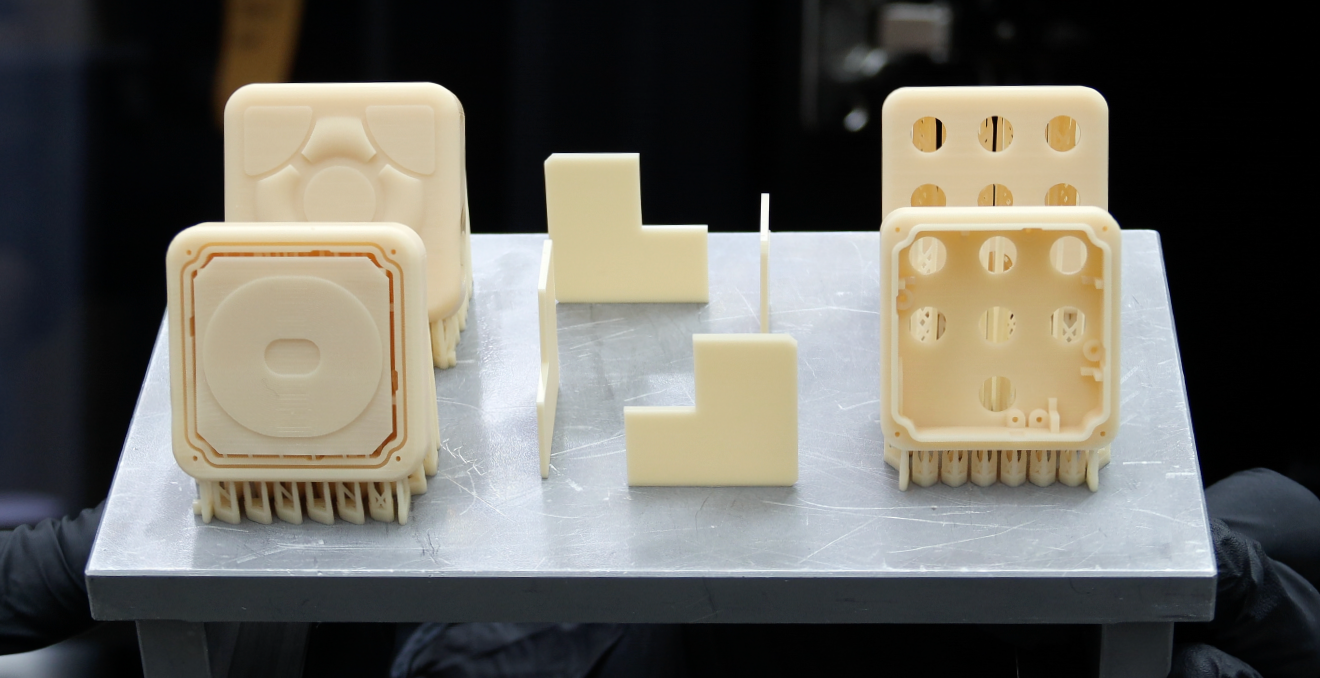
Underwater Audio produces headphones, earbuds, and smart devices for swimmers. Its products are manufactured with plastic injection molding, but this production method requires a mold to be machined to form the final products, an investment that can cost tens of thousands of dollars and weeks of lead time, making design changes both costly and time consuming.
Yet, Underwater Audio’s products must be compact for use during physical activity and maintain strict accuracies to ensure electronic components remain sealed off from water, making prototyping critical for product development.
“Creating molds is very expensive, both in how much the mold costs, but all the lost sales that come from not having the product available for sale for so long.“
Scott Walker, Co-Founder of Underwater Audio
With an ETEC D4K Underwater Audio is able to capitalize on the design freedom of additive manufacturing to quickly iterate and produce working prototypes to test products before ordering expensive injection molds. Using 3D printing technology helps the company half its product development times.
Download the complete case study.
Isotropic prototypes on-demand

Curio, a top producer of machinery for the heading, filleting, and skinning of fish. Such food processing equipment is often a complex mechanical assemblies of thousands of parts, and pieces can often get overlooked or bump into each other when assembled.
In the formative stage of product development, the developer of Curio machines ETEC DLP technology to quickly test a new design’s viability. He 3D prints parts on an ETEC Envision One to check assumptions, correct for potential errors, and achieve a proof of concept.
“We can create ‘zero-type’ parts without waiting for tooling and we’re not married to the design.”
Elliði Hreinsson, Founder of Curio and Gullmolar
The DLP method of curing photosensitive resin layer-by-layer creates fully isotropic parts and has become essential for the creation of Curio fish processing machines. Designs are quickly advanced from plastic metal 3D printers. Bringing the technology in-house allowed the company to reduce time to market of a new launch by an entire year while shortening its supply chain with local manufacturing solutions.


